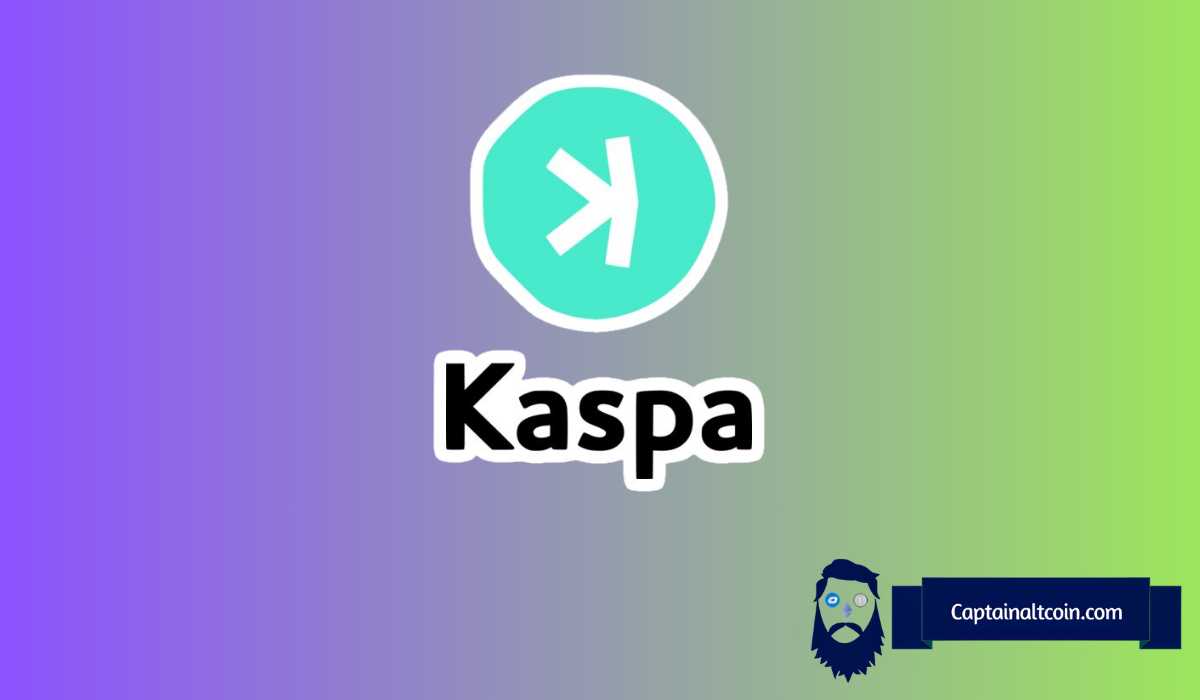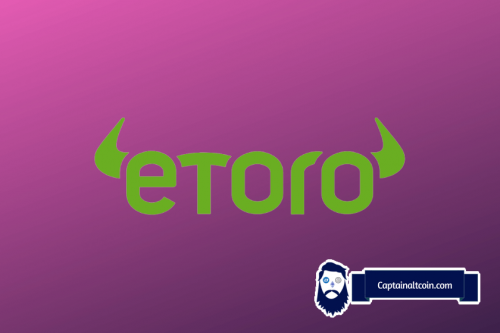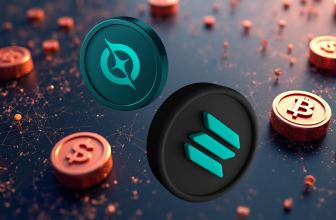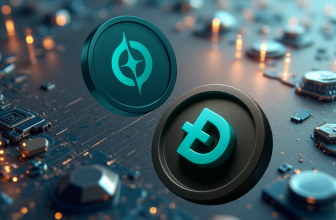
As most other altcoins, Kaspa had a mostly boring week, now trading around $0.076. However, one Kaspa holder posted an interesting tweet on X.
Kaspa focuses on making things fast at both the base layer and second layer. Their new L2 networks will handle thousands of transactions every second. This is possible because the main Kaspa chain sequences transactions quickly, and the L2s can process many things at once. Soon, the Crescendo upgrade will push this even further by creating 10 blocks every second.
This speed beats congested networks like Ethereum. When a blockchain can process more transactions in each block, fees naturally drop. Lower fees make Kaspa perfect for tiny payments, rapid trading apps, and games that need quick, cheap transactions.
For security, Kaspa does something different with what they call “Based Rollups.” While other L2s like Arbitrum use centralized sequencers to order transactions, Kaspa uses its own miners. This keeps the system more decentralized and harder to manipulate. They’re also adding mathematical proofs to verify L2 transactions on the main chain, which makes everything more secure.
For developers already building with Solidity for the Ethereum Virtual Machine (EVM), exploring the upcoming Kaspa L2s offers several potential benefits by combining the familiar EVM environment with Kaspa L1's unique features.
— Kaspa (@Kaspa_BlockDAG) April 16, 2025
Applications will be able to run significantly…
Fair Trading for Everyone
Kaspa tackles one of the biggest problems in crypto trading: MEV or Miner Extractable Value. On slow chains, traders can see pending transactions and jump ahead of them or sandwich them between their own trades to make risk-free profit at others’ expense.
Kaspa makes these tricks much harder. With blocks coming every tenth of a second and processing happening in parallel, there’s simply not enough time to spot and exploit trading opportunities. This creates a fairer experience for regular users who just want to trade without getting front-run.
For developers, Kaspa made a smart choice by supporting the same tools Ethereum uses. Coders can use familiar languages like Solidity and keep their existing development tools like Hardhat, Foundry, and Remix. Users can even keep using MetaMask. This means teams won’t need to rewrite their apps or learn new skills to build on Kaspa.
By being compatible with Ethereum’s tools, Kaspa opens the door to a huge ecosystem. The total value locked in Ethereum L2s already exceeds $25 billion. Decentralized exchanges handle billions in trades each month. If Kaspa can offer the same functionality but make it faster, cheaper, and more fair, it could attract many new projects.
Kaspa isn’t just trying to be faster – it’s trying to make blockchain apps better to use. With tools developers already know, strong security from proof-of-work, and protection from unfair trading practices, Kaspa is setting itself up to compete seriously in the L2 space. Over time, this approach might win over both developers and users looking for a better experience.
Read also: KAS Price on the Move – Is This Kaspa’s Most Bullish Setup in Months?
Subscribe to our YouTube channel for daily crypto updates, market insights, and expert analysis.
We recommend eToro
Wide range of assets: cryptocurrencies alongside other investment products such as stocks and ETFs.
Copy trading: allows users to copy the trades of leading traders, for free.
User-friendly: eToro’s web-based platform and mobile app are user-friendly and easy to navigate.









